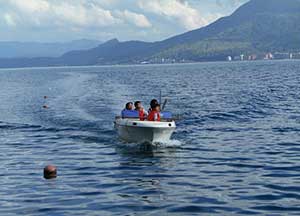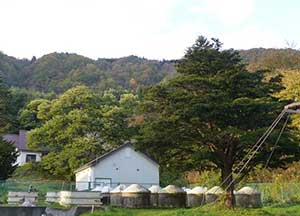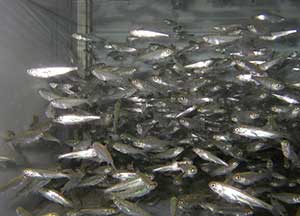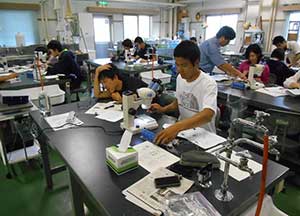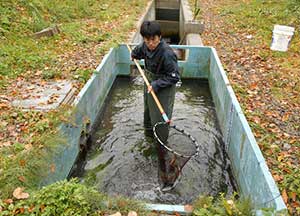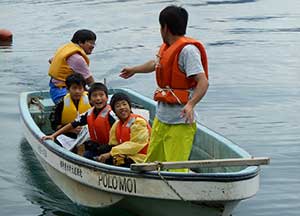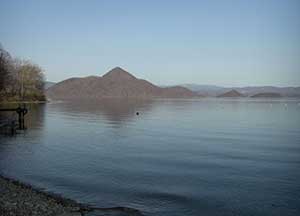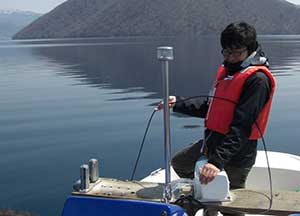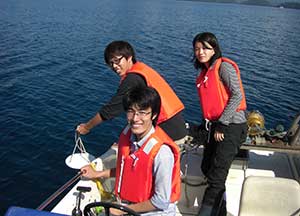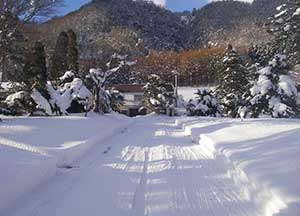Toya Lake Station (ca. one ha) is the only limnological station in the Field Science Center for Northern Biosphere. It was originally donated by Toya Lake Fisherman’s Association to the Hakodate Higher Fisheries College, the predecessor of the Faculty of Fishery Science, Hokkaido University, as a lacustrine sockeye salmon hatchery in 1936. The Station has a research building, a guesthouse, and a fish farm. Every spring, about 20,000 fingerlings of lacustrine sockeye salmon are released into Lake Toya through a fishway (an artificial river) after a fin is clipped to mark them for later identification. Lake Toya is a large oligotrophic caldera lake with an area of about 70 km2 in the Shikotsu-Toya National Park, and is periodically (a 25-30 year cycle) affected by the volcanic eruption of Mt. Usu. The station provides visiting students and researchers with an educational and research field in a freshwater environment. At present, the following three research projects are being conducted: (1) a fish physiological study on the salmon homing mechanism using lacustrine sockeye salmon as a lake model system; (2) a environmental biological study to correlate conservation of the lake environment with the control of fisheries production; and, (3) a biosystematics’ study on the freshwater microalgae in lakes and marshes of Hokkaido.
Toya Lake Station Aquatic Research Station
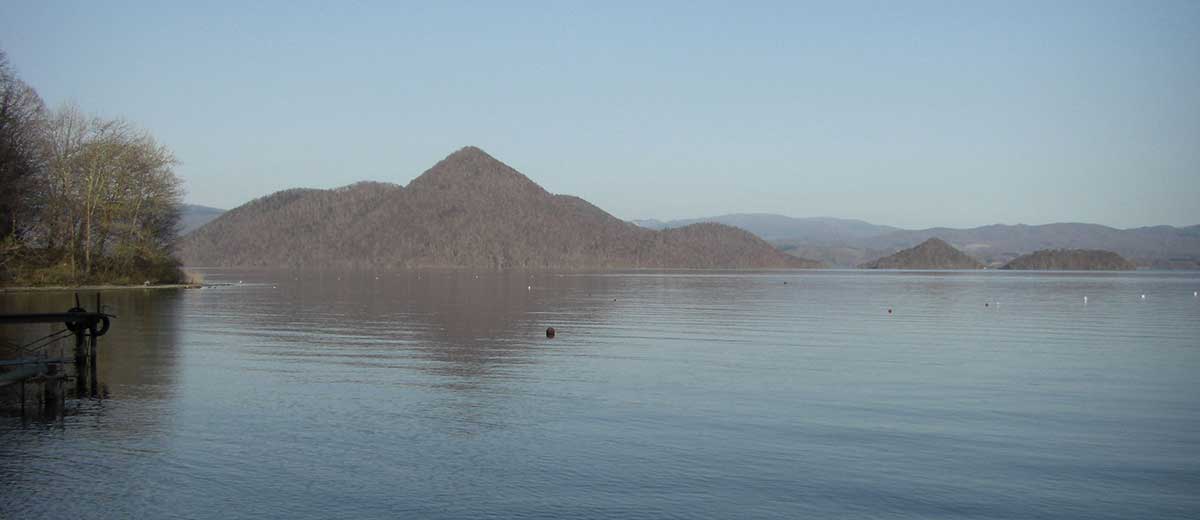
- ADDRESS
- 122, Tsukiura, Toyako, Hokkaido, 049-5723, JAPAN
- TEL
- +81-142-75-2651
- FAX
- +81-142-75-2943
- toya [at] fsc.hokudai.ac.jp
- Official Site
- https://www.fsc.hokudai.ac.jp/toya/english.html

